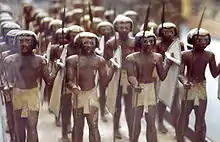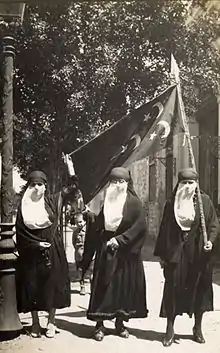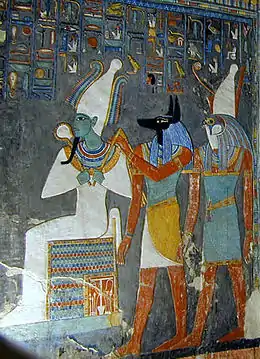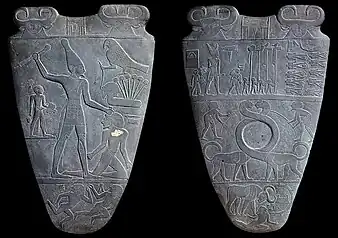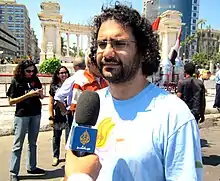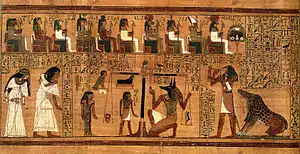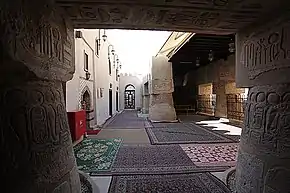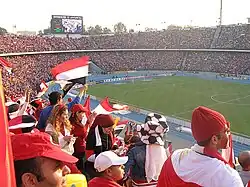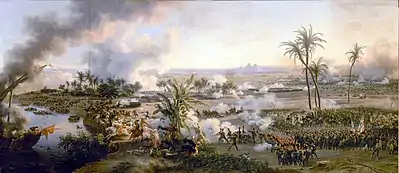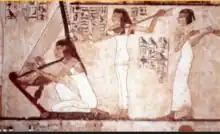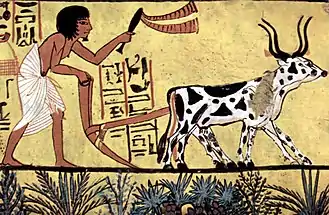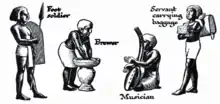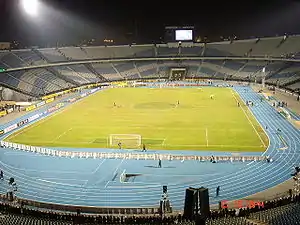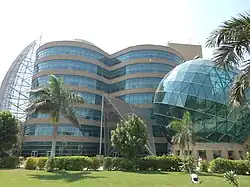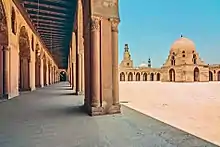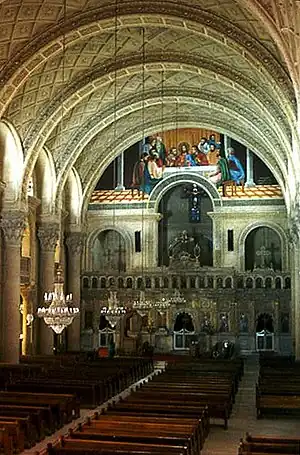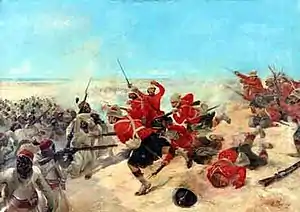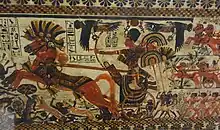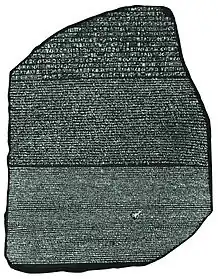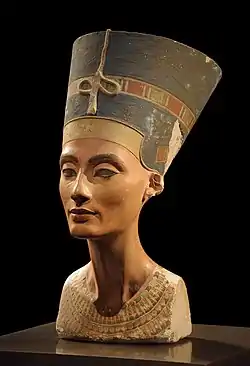The Egypt Portal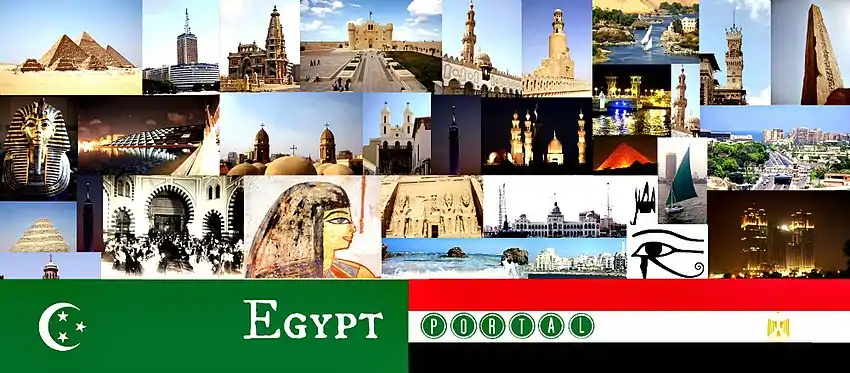
Egypt (Arabic: مصر Miṣr [mesˁr], Egyptian Arabic pronunciation: [mɑsˤr]), officially the Arab Republic of Egypt, is a transcontinental country spanning the northeast corner of Africa and the Sinai Peninsula in the southwest corner of Asia. It is bordered by the Mediterranean Sea to the north, the Gaza Strip of Palestine and Israel to the northeast, the Red Sea to the east, Sudan to the south, and Libya to the west. The Gulf of Aqaba in the northeast separates Egypt from Jordan and Saudi Arabia. Cairo is the capital and largest city of Egypt, while Alexandria, the second-largest city, is an important industrial and tourist hub at the Mediterranean coast. At approximately 100 million inhabitants, Egypt is the 14th-most populated country in the world, and the third-most populated in Africa, behind Nigeria and Ethiopia. Egypt has one of the longest histories of any country, tracing its heritage along the Nile Delta back to the 6th–4th millennia BCE. Considered a cradle of civilisation, Ancient Egypt saw some of the earliest developments of writing, agriculture, urbanisation, organised religion and central government. Egypt's long and rich cultural heritage is an integral part of its national identity, which reflects its unique transcontinental location being simultaneously Mediterranean, Middle Eastern and North African. Egypt was an early and important centre of Christianity, but was largely Islamised in the seventh century. Modern Egypt dates back to 1922, when it gained independence from the British Empire as a monarchy. Following the 1952 revolution, Egypt declared itself a republic, and in 1958 it merged with Syria to form the United Arab Republic, which dissolved in 1961. Throughout the second half of the 20th century, Egypt endured social and religious strife and political instability, fighting several armed conflicts with Israel in 1948, 1956, 1967 and 1973, and occupying the Gaza Strip intermittently until 1967. In 1978, Egypt signed the Camp David Accords, officially withdrawing from the Gaza Strip and recognising Israel. After the Arab Spring, which led to the 2011 Egyptian revolution and overthrow of Hosni Mubarak, the country faced a protracted period of political unrest. Egypt is considered to be a regional power in North Africa, the Middle East and the Muslim world, and a middle power worldwide. It is a developing country having a diversified economy, which is the third-largest in Africa, the 38th-largest economy by nominal GDP and 127th by nominal GDP per capita. Egypt is a founding member of the United Nations, the Non-Aligned Movement, the Arab League, the African Union, Organisation of Islamic Cooperation and the World Youth Forum. (Full article...) Selected article -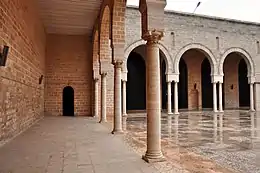 Interior of the Great Mosque of Mahdiya (originally built in early 10th century; mostly reconstructed in the 20th century) The Fatimid architecture that developed in the Fatimid Caliphate (909–1167 CE) of North Africa combined elements of eastern and western architecture, drawing on Abbasid architecture, Byzantine, Ancient Egyptian, Coptic architecture and North African traditions; it bridged early Islamic styles and the medieval architecture of the Mamluks of Egypt, introducing many innovations. The wealth of Fatimid architecture was found in the main cities of Mahdia (921–948), Al-Mansuriya (948–973) and Cairo (973–1169). The heartland of architectural activity and expression during Fatimid rule was at al-Qahira (Cairo), on the eastern side of the Nile, where many of the palaces, mosques and other buildings were built. Large-scale constructions were undertaken during the reigns of al-Mui'zz (r. 953–975) Al-Aziz Billah (r. 975–996) and al-Hakim (r. 996–1021). (Full article...)General imagesThe following are images from various Egypt-related articles on Wikipedia.
Did you know (auto-generated) -
Selected biography -Nefertiti (/ˌnɛfərˈtiːti/) (c. 1370 – c. 1330 BC) was a queen of the 18th Dynasty of Ancient Egypt, the great royal wife of Pharaoh Akhenaten. Nefertiti and her husband were known for their radical overhaul of state religious policy, in which they promoted the earliest known form of monotheism, Atenism, centered on the sun disc and its direct connection to the royal household. With her husband, she reigned at what was arguably the wealthiest period of ancient Egyptian history. Some scholars believe that Nefertiti ruled briefly as Neferneferuaten after her husband's death and before the ascension of Tutankhamun, although this identification is a matter of ongoing debate. If Nefertiti did rule as Pharaoh, her reign was marked by the fall of Amarna and relocation of the capital back to the traditional city of Thebes. She was made famous by her bust, now in Berlin's Neues Museum. The bust is one of the most copied works of art of ancient Egypt. It was attributed to the sculptor Thutmose, and it was found in his workshop. (Full article...)Selected cuisines, dishes and foods - Related portalsWikiProjects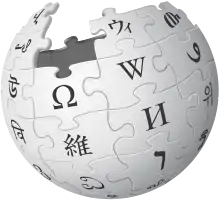
More did you know...
Egypt topicsCategoriesCategory puzzle Select [►] to view subcategories
Egypt Egypt-related lists Buildings and structures in Egypt Egyptian culture Economy of Egypt Education in Egypt Environment of Egypt Geography of Egypt Government of Egypt Health in Egypt History of Egypt Organisations based in Egypt Egyptian people Politics of Egypt Society of Egypt Images of Egypt Egypt stubs New articlesThis list was generated from these rules. Questions and feedback are always welcome! The search is being run daily with the most recent ~14 days of results. Note: Some articles may not be relevant to this project.
Rules | Match log | Results page (for watching) | Last updated: 2023-11-30 20:39 (UTC) Note: The list display can now be customized by each user. See List display personalization for details.
Things you can doHere are some open tasks you can do:
Associated WikimediaThe following Wikimedia Foundation sister projects provide more on this subject:
External mediaMore portalsDiscover Wikipedia using portals
| ||||||||
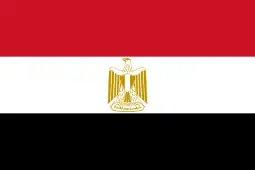
.svg.png.webp)


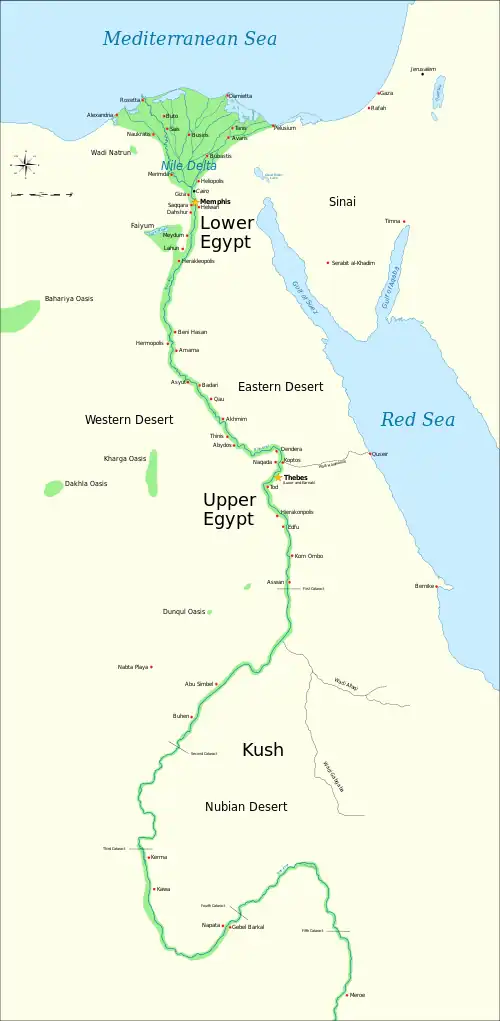
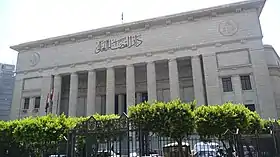
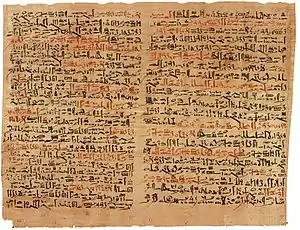
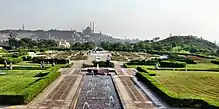
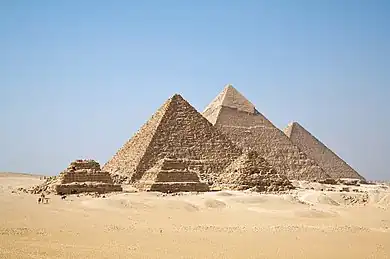

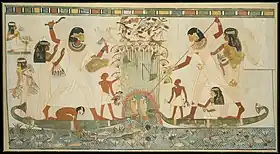


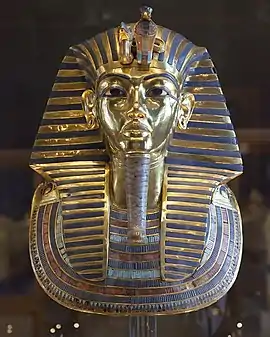
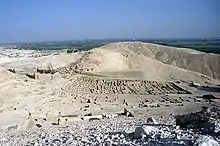
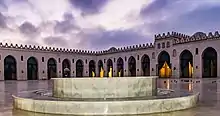

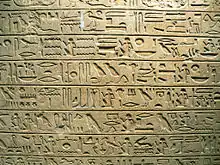

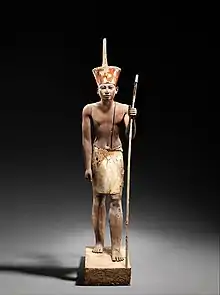


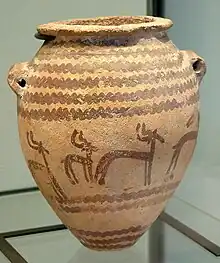
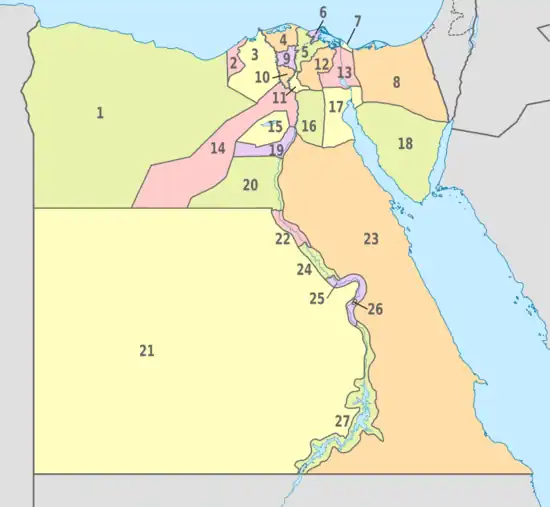

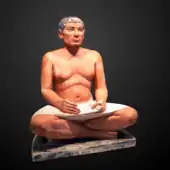
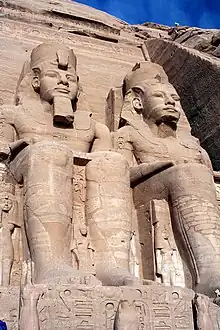


.jpg.webp)
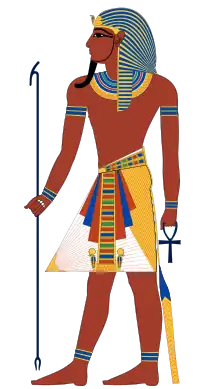
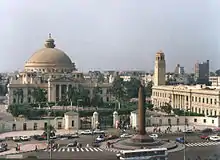

_in_the_Suez_canal_1981.jpg.webp)


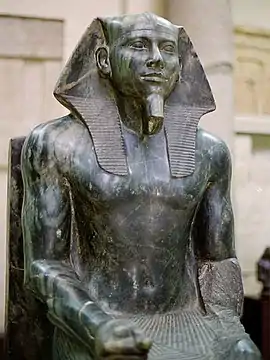

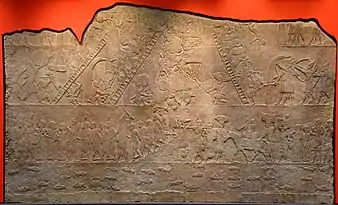
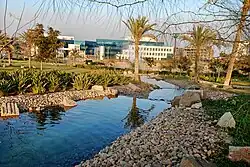
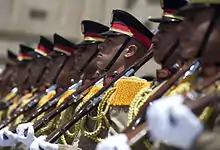
.JPG.webp)

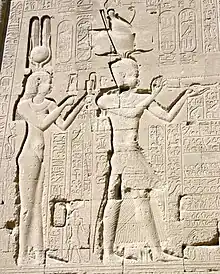

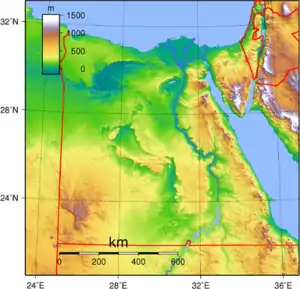
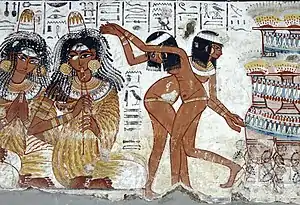
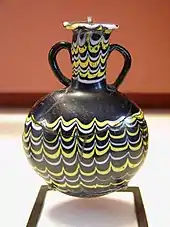




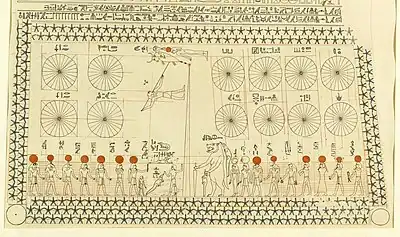
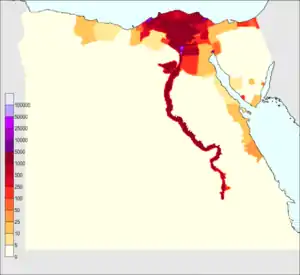
.jpg.webp)
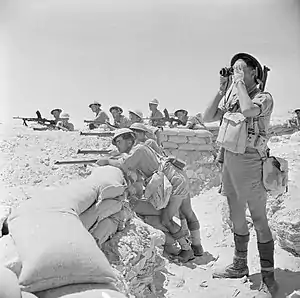
_-_2009.jpg.webp)


._Temple_dedicated_to_Pa_-_Horakhti.jpg.webp)
